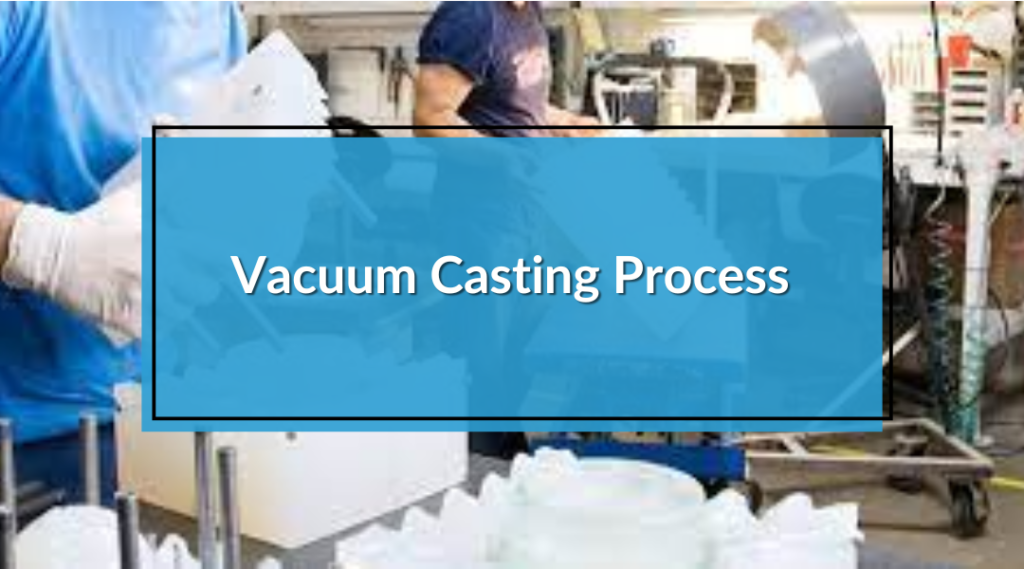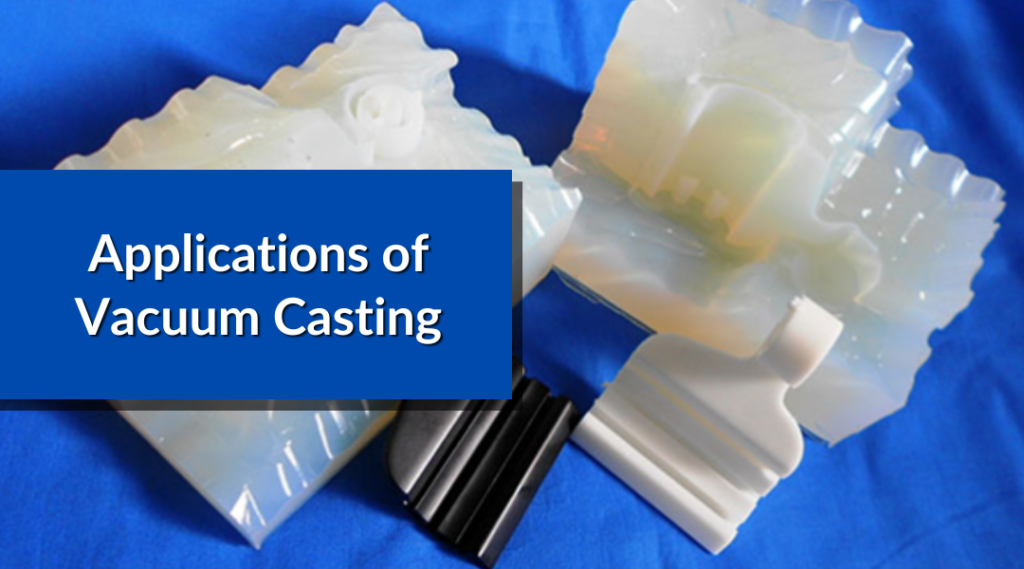
What Exactly is Vacuum Casting?
Vacuum casting is a manufacturing process for producing high-quality prototypes and small production runs of parts. It leverages the principles of vacuum pressure to draw liquid materials into a mould, which results in precise and detailed parts. This process is beneficial for creating prototypes that closely mimic the properties of production materials, such as plastics and rubber.
What Materials Are Used in Vacuum Casting?
Vacuum casting typically involves the use of two main types of materials:
1. Silicone Rubber: This is used to create the mould. Silicone rubber is favoured due to its flexibility, durability, and ability to capture fine details. It can withstand vacuum pressure without deforming and provides an accurate replica of the master model.
2. Polyurethane Resins: These are commonly used as the casting material. Polyurethane resins can be formulated to mimic the properties of various production plastics, such as ABS, polypropylene, and even rubber-like materials. They are versatile and can be coloured or transparent, rigid or flexible, depending on the requirements of the prototype.
What is the Process of Vacuum Casting?
The vacuum casting process can be broken down into several key steps:
1. Master Model Creation: A master model of the part is created using techniques such as 3D printing, CNC machining, or other rapid prototyping methods. This model must be highly accurate, as it will define the shape and details of the final cast parts.
2. Mold Making: The master model is placed in a mould box, and silicone rubber is poured over it to create the mould. The silicone rubber is allowed to cure and solidify, capturing all the fine details of the master model.
3. Mold Preparation: Once the silicone mould is fully cured, it is carefully cut and the master model is removed, leaving behind a cavity in the shape of the desired part. The mould is then assembled and prepared for casting.
The vacuum casting process can be broken down into several key steps:
1. Master Model Creation: A master model of the part is created using techniques such as 3D printing, CNC machining, or other rapid prototyping methods. This model must be highly accurate, as it will define the shape and details of the final cast parts.
2. Mold Making: The master model is placed in a mould box, and silicone rubber is poured over it to create the mould. The silicone rubber is allowed to cure and solidify, capturing all the fine details of the master model.
3. Mold Preparation: Once the silicone mould is fully cured, it is carefully cut and the master model is removed, leaving behind a cavity in the shape of the desired part. The mould is then assembled and prepared for casting.
4. Casting: The chosen casting material (usually polyurethane resin) is mixed and degassed to remove any air bubbles. The mould is placed in a vacuum chamber, and the resin is poured into the mould cavity. The vacuum helps to eliminate air bubbles and ensures the resin fills all areas of the mould, including intricate details.
5. Curing: The filled mould is left to cure, allowing the resin to harden and take the shape of the mould. The curing time can vary depending on the type of resin used and the complexity of the part.
6. De-molding: Once the resin has fully cured, the mould is opened, and the cast part is carefully removed. The part may undergo some post-processing, such as trimming excess material or finishing surfaces, to achieve the desired final appearance and functionality.
Benefits of Vacuum Casting
High Precision: The process allows for creating parts with high dimensional accuracy and fine details.
Material Versatility: A wide range of resins can be used to replicate different materials, providing flexibility in prototyping.
Cost-Effective for Small Runs: Ideal for producing small quantities of parts without the high costs associated with mass production techniques.
Fast Turnaround: Compared to traditional manufacturing methods, vacuum casting can produce parts quickly, making it suitable for rapid prototyping.

Vacuum casting is used in various industries, including automotive, aerospace, consumer electronics, medical devices, and industrial design. It is particularly valuable in product development stages where high-quality prototypes are needed for functional testing, design validation, and market evaluation.
In summary, vacuum casting is a versatile and efficient method for producing high-fidelity prototypes and small production runs, offering significant advantages in terms of precision, material options, and cost-effectiveness.
